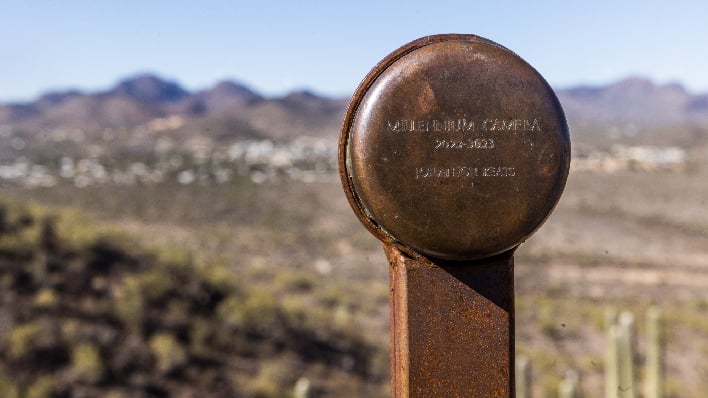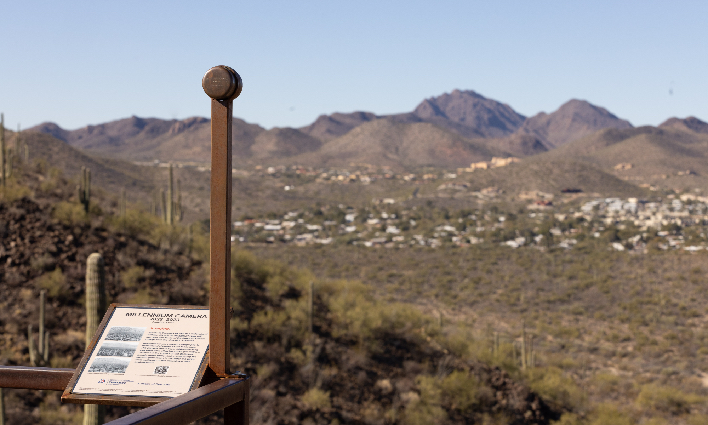Millennium Camera Takes 1,000 Years To Snap A Photo, Here’s Why It Exists

Jonathon Keats, the creator of the Millennium Camera, along with a team of researchers, installed the camera facing west next to a bench. A plaque placed next to the camera reads in part, “What will Tucson look like in a millennium? Will the city still be inhabited? How will the flora and fauna of the Sonoran Desert change with the changing climate?” Keats is hopeful that passersby will take a moment to not only take in the beauty of the terrain, but also take a moment of introspection and what the future might hold.
“Most people have a pretty bleak outlook on what lies ahead,” Keats remarked. “It’s easy to imagine that people in 1,000 years could see a version of Tucson that is far worse than what we see today, but the fact that we can imagine it is not a bad thing. It’s actually a good thing, because if we can imagine that, then we can also imagine what else might happen, and therefore it might motivate us to take action to shape our future.”

According to the University of Arizona, there are currently no conventional photographic processes that are insensitive enough to capture an image over a millennium. So, developing a camera that can not only take a single image over the course of 1,000 years, but also last that long is no small feat. Keats solution to the problem is Deep Time Photography.
The Deep Time Photography project is based on the traditional pinhole camera. The Millennium Camera takes advantage of a miniscule pinhole through a thin sheet of gold that focuses light onto colored pigment. The idea is that the color will fade where the light is brightest, while very slowly imprinting a “unique positive image.” As the image is created over the course of 1,000 years, it will, in theory, not only capture what is in front of the camera, but also record how the view shifts over time, while revealing changes in the urban landscape and climate change.
While Keats is optimistic about the possibility of what the camera can reveal, he remains realistic about it being able to do so. “One thousand years is a long time and there are so many reasons why this might not work,” remarked Keats. “The camera might not even be around in a millennium. There are forces of nature and decisions people make, whether administrative or criminal, that could result in the camera not lasting.”
The Millennium Camera in Tucson is only the first of what Keats hopes will be many all over the world. There are already plans to place another one on Tumamoc Hill, with another planned in Chongqing, China, as well. “This project depends on doing this in many places all over the world,” Keats explained. “I hope this leads to a planetary process of reimagining planet Earth for future generations.”

